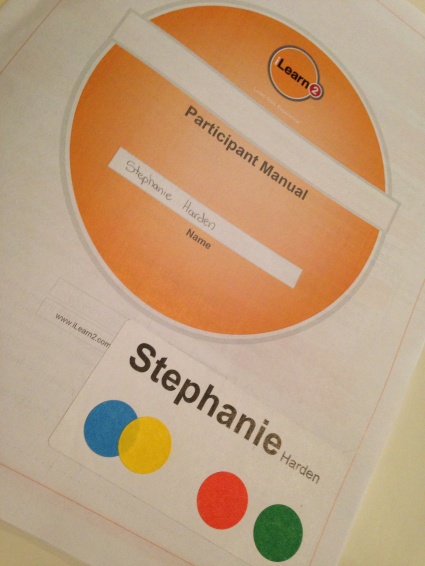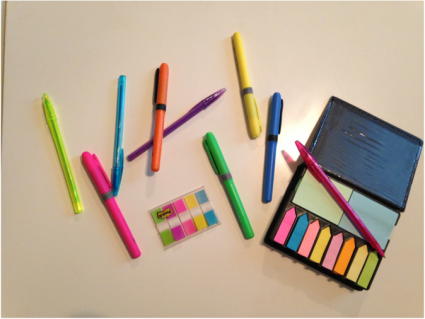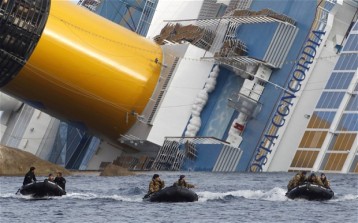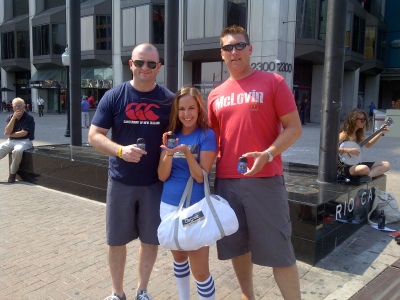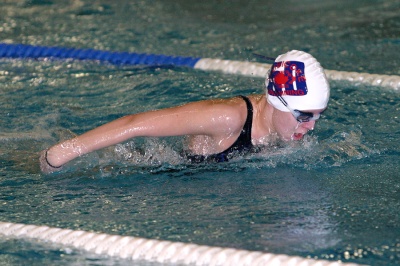Without a combination of colours, a rainbow becomes an arch; an artist’s pallet becomes a piece of wood; and a box of Smarties becomes just another box of chocolate. After the Sept. 10 team building colours workshop, I’ve learned that a team without a mix of four important colours will likely become a group of people facing a lot of chaos.
For those who haven’t participated in an iLearn2 colour workshop, this blog post probably hasn’t made much sense so far. To catch you up, the program uses a short test of adjectives and generalized personality descriptions to divide people’s teamwork and communication tendencies into four categories associated with a colour.
I know what you’re thinking at this point… I was also skeptical of the test’s accuracy until I sat through Doug Bolger’s “two-thumbs-up,” “five-star” presentation. You know the feeling of excitement you get when you read your horoscope and it applies perfectly to something going on in your life? Now imagine someone basically describing your personality to you, without ever having met you. The phrase, “That’s so me,” kept running through my mind as Doug used humourous and relatable anecdotes to describe the tendencies of the blue and gold traits (the two colours for which I scored the highest). His enthusiastic presentation style is definitely something I will try to bring forth for effective future presentations and client meetings.
As a “gold mine,” I’m the type of group member that plays a very supportive role. I’ll pick up any slack and go the extra mile to get to things done on time. A gold will meet you with incredible effort, but if a team member doesn’t follow through, that trust is forever broken. I have to admit, I do love my timelines and schedules. This comes right down to my colour coordinated highlighting and sticky-noting systems.
I’ve learned that this can be both a strength and a weakness in group situations. As a future public relations practitioner, I can rest assured that the planning process and production schedule will be of little issue for me. In public relations it’s undoubtedly important to meet deadlines for clients. Messages must get out to the public at the appropriate time for maximum effectiveness, especially in sensitive situations.
While working on our group assignments, I’ve learned that in future team settings I must remember that not all people approach tasks with the same level of organization as we “golds” do. Just because a task doesn’t get done according to my own schedule, it doesn’t mean that it’s time to hit panic mode quite yet.
At the same time, I scored equally high as a “blue ocean”. This means I take a very collaborative approach to group work. I’m the type of person who adapts to my environment and is very aware of the traits of those around me. I will “mirror and match” others’ tendencies to make people as comfortable as possible. During group work, I often play the role of mediator when other colours may go head to head. I find that I can be a calming influence in a tense situation, which is probably the main reason I was drawn to the PR professional’s role in crisis communication.
The only problem is that my receptiveness to others’ feelings can sometimes be overwhelming. I genuinely care to listen to others’ concerns and try doing all that I can to help. I’m the resident “Ask Jeeves” in my group of friends, whether I’m giving advice or playing devil’s advocate, but sometimes I find myself taking on too much. I’m a classic over-thinker who can overanalyze a situation to death. This is something I’ll have to work on in my future career. Scope is an important consideration in any project and trying to take care of too many aspects can lead to issues with both budgeting and scheduling. (This is certainly something the gold in me would not be happy to deal with.)
In a perfect world, it would be ideal to create a team made up of members from each of the four colour divisions; but I think it’s also important to consider that there’s a bit of each colour tendency in everyone. In future group projects, I hope that I’ll be able to use my heightened understanding of each colour to recognize what strengths can be brought to the table and what voids need to be filled. Maybe it’s the blue in me talking, but I think everyone is capable of tapping into their less dominant colours from time to time, to meet the best interests of the group. Colour categorizations are generalizations, not rules. Dipping into those recessive colour traits is a means to hone all the skills within our personal colour toolkits.
